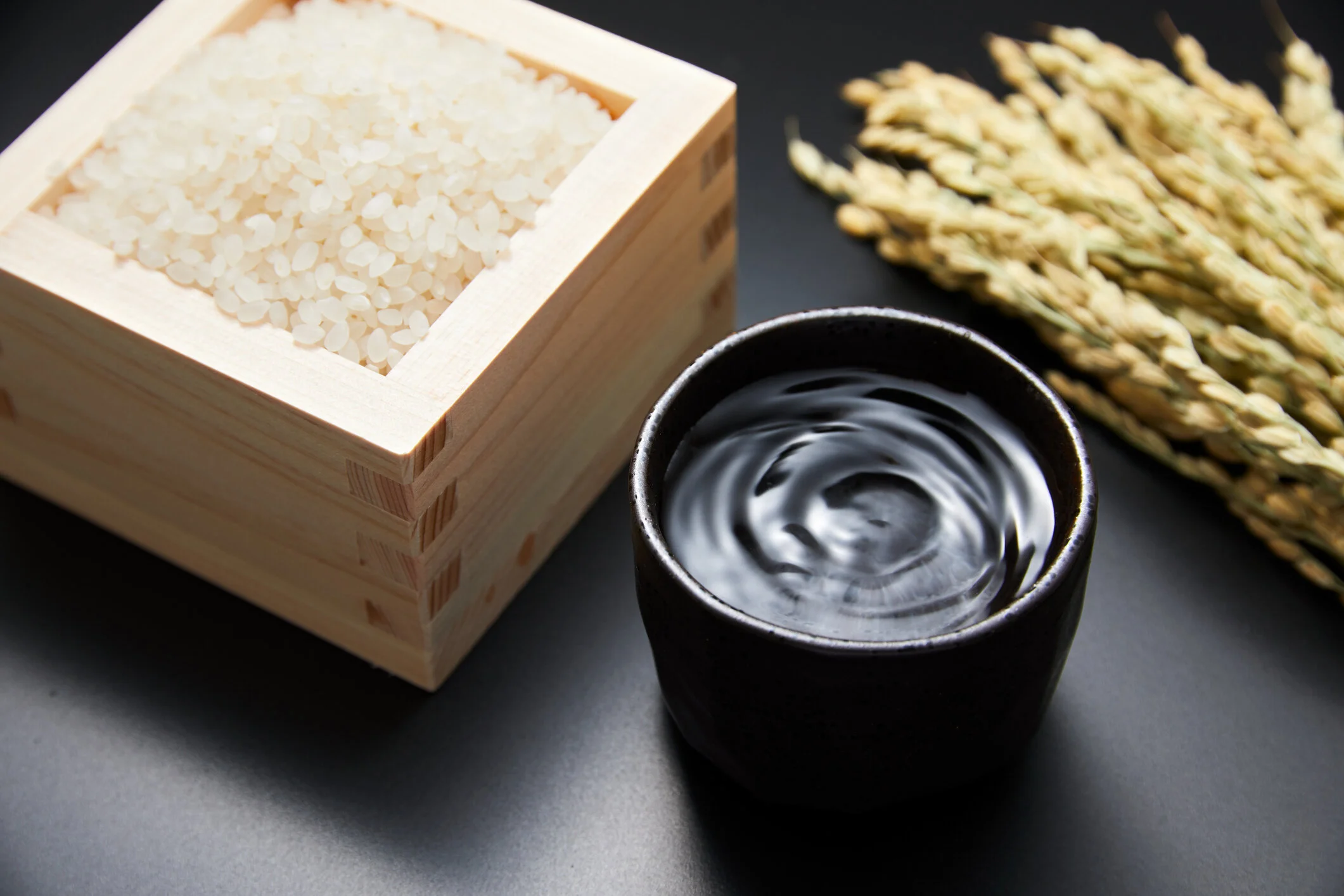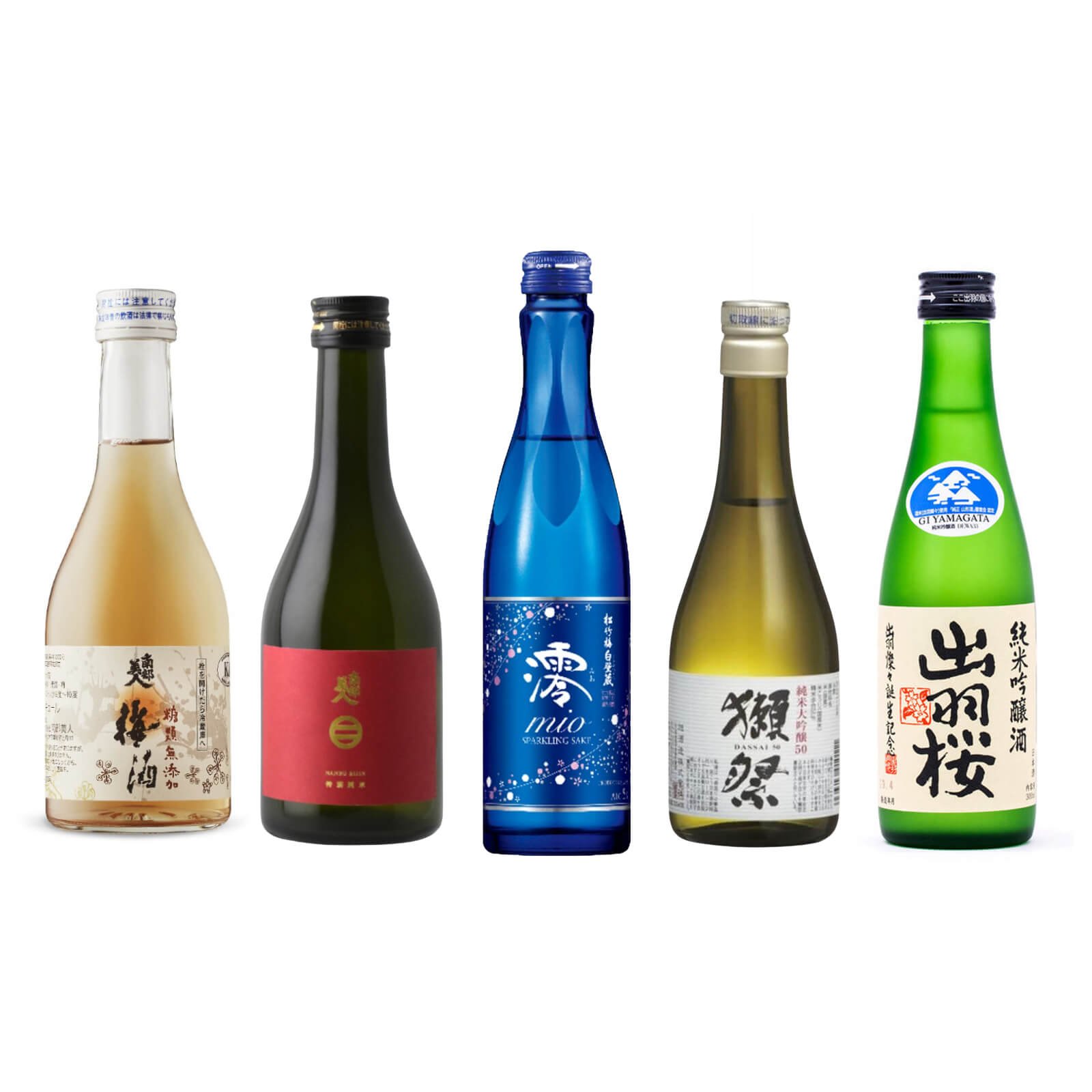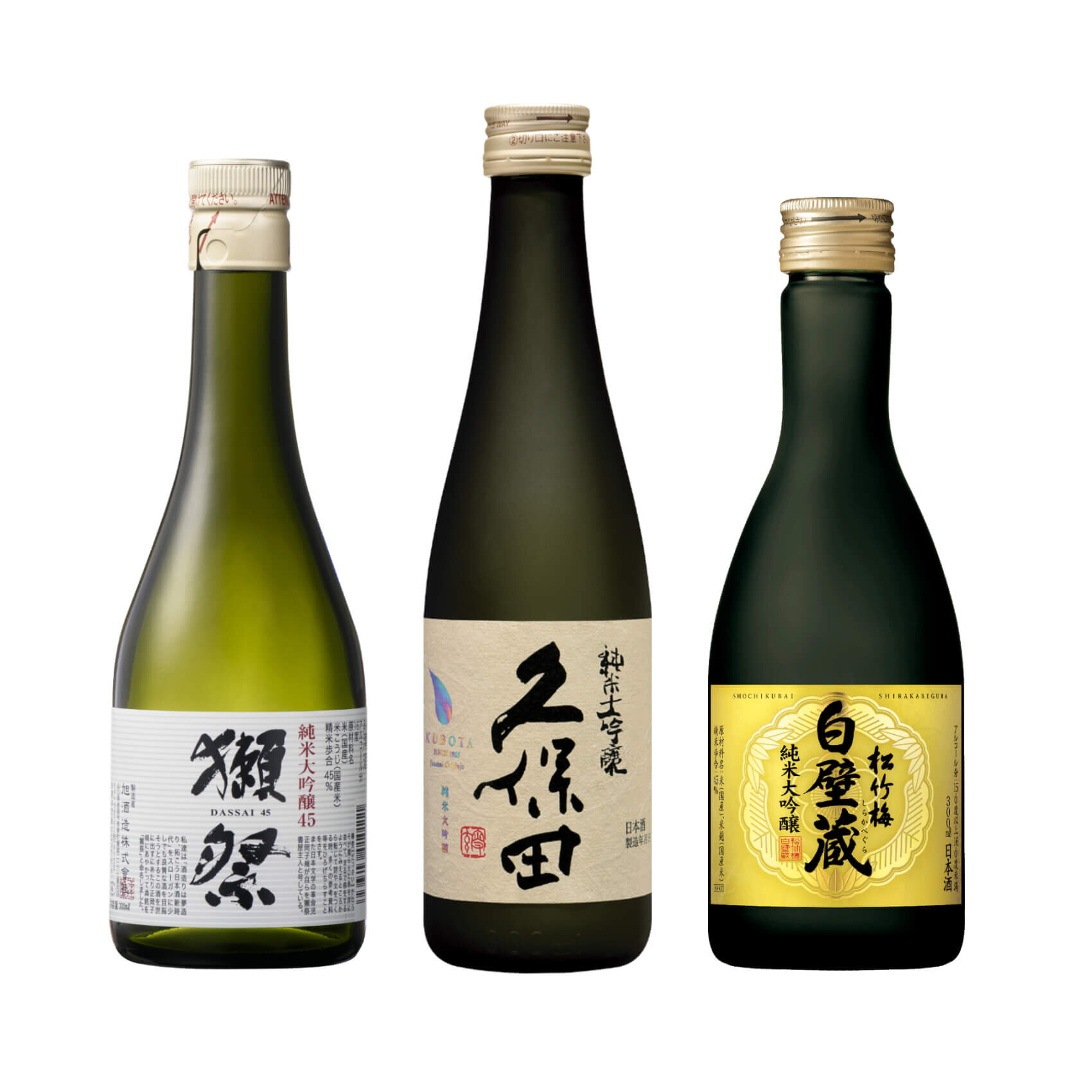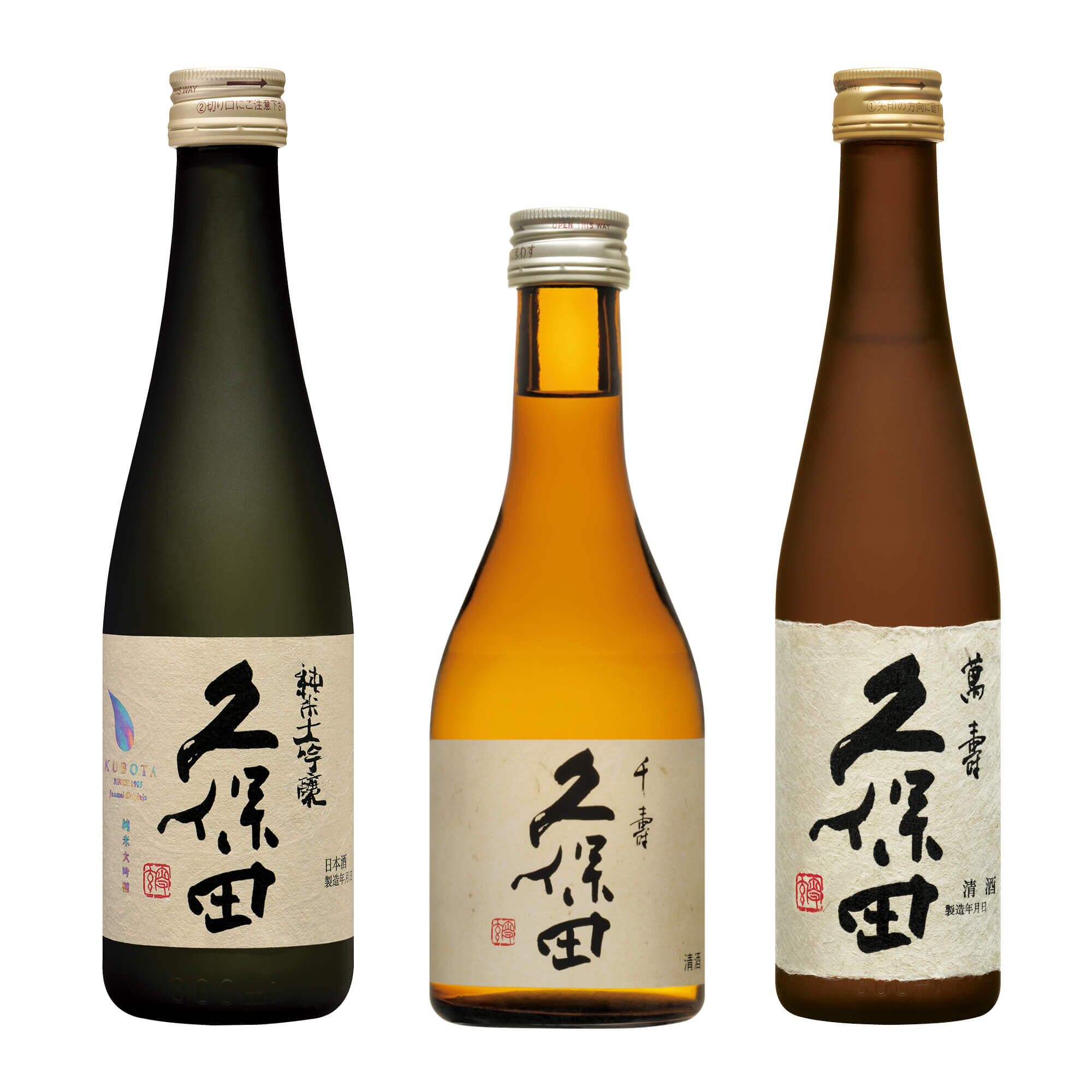sake Rice
Rice is a key ingredient for making sake and its story runs deep into the centre of Japanese culture. With hundreds of varieties across Japan, rice is more than just a source of food. It’s a storyteller, an art form, an imprint of a region and a grain that transmutes the soul of sake into everyday life.
We’re here to guide you through rice’s importance in the context of sake and to help you learn about some of the superstar varietals of the sake world.
The story of rice in Japanese culture
Rice has been an integral part of the Japanese diet for around 2,800 years. Early archaeological sites dating back to 1000 BC in Japan’s western region of Kyushu have shown the remains of prehistoric rice paddies.
As the main event of Japanese meals, rice has become an almost mythical food. This is evident from the Kojiki, Japan’s oldest book which lists rice as one of the five valuable grains alongside barley, soybeans, adzuki beans and foxtail millet.
Throughout the ages, rice has also been used as currency in Japan and has a strong association with the Shinto god of business, Inari. In fact, at one point in history the Japanese economy was based on rice and today it’s still remains a vital crop in the functioning of the country and the art of sake making.
Rice and sake making
Rice is a principle ingredient of sake. During sake production, rice is harvested and polished, meaning the outer layers are milled away to get to the starch within that impacts sake flavour. Next rice is washed, soaked and steamed and then inoculated with koji to help convert the starch into sugar and sugar into alcohol.
There are several steps in the sake brewing process and every brewery may have their own method. You can check out our how sake is made guide for more information.
What remains important across all sake breweries is that the rice is treated with respect and it’s a star of the show.
Sake rice vs table rice
Polished sake rice compared to regular ‘brown’ table rice
There are two types of rice used in sake production. One is normal table rice, which is used to make roughly 80% of all sake. The other 20% is made using sake rice, referred to as shuzo koteki mai or sakemai in Japanese.
Sake rice is generally not eaten and has been cultivated with the sole purpose of making delicious alcohol. It’s different from table rice in that the grains are usually bigger and have larger starch cores (shinpaku), which some breweries see as the ideal part of the grain.
Other key differences include sake rice being less glutinous than table rice and that they grow taller. This means sake rice is easier to work with than table rice and is less prone to being damaged by the elements.
Top varieties of sake rice
There are over 270 varieties of Japonica rice in Japan and an increasing number of them are sake rice. We’ve put together a list of some of the most common varietals of sake rice to give you an idea of what’s out there:
Yamada Nishiki
Often called the king of sake rice, Yamada Nishiki is the most widely used variety and originates from Hyogo Prefecture. Created in 1923, Yamada Nishiki was named from the rice’s crossbreed mother Yamadabo and Nishiki (meaning brocade in Japanese).
Hailed for its quality and durability, the rice is used in the production of premium ginjo and daiginjo sake.
Yamada Nishiki Sake Recommendations
Gohyakumangoku
Sometimes known as the queen of sake rice, Gohyakumangoku is the second most popular variety. Designated in 1957, Gohyakumangoku translates to ‘5 million koku’ which refers to a measurement of rice.
Originating in Niigata Prefecture, the name is a nod to Niigata becoming a premier rice growing area by smashing through five million koku. Compared to Yamada Nishiki, it’s a much harder type of rice and has contributed to the tanrei karakuchi (crisp and dry) style of Niigata sake.
Gohyakumangoku Sake Recommendations
Miyama Nishiki
The third most widely used sake rice is Miyama Nishiki. Discovered in 1978, the name comes from the fact that the starch-rich core of the rice is as white as snow-capped mountains. So, Miyama translates to the ‘the beautiful peaks.’
Originating from Nagano Prefecture, Miyama Nishiki is grown across several other Prefectures, including Akita, Yamagata, Fukushima and more.
Omachi
Known as the grandfather of sake rice, Omachi is an heirloom variety that was discovered in 1859 by a farmer named Jinzou Kishimoto.
The farmer called the rice Nihon Kusa after taking two stalks of the rice to plant at his home in Omachi. Locals ignored the name and called it Omachi, which then became the blueprint for all the other sake rice that followed.




















